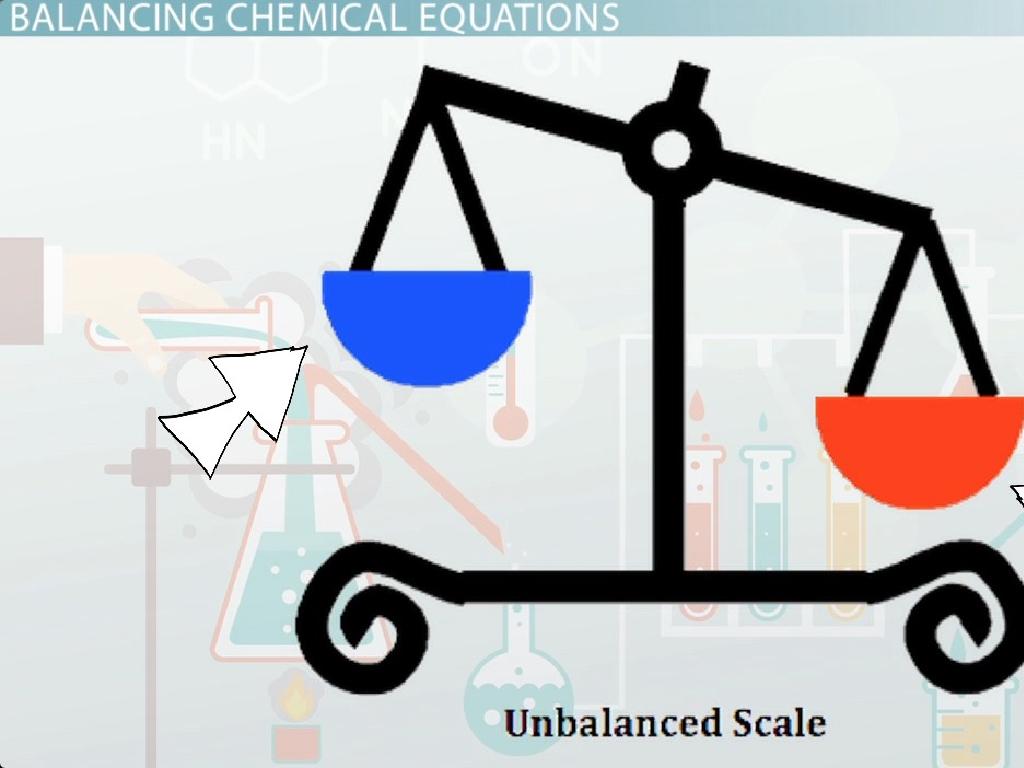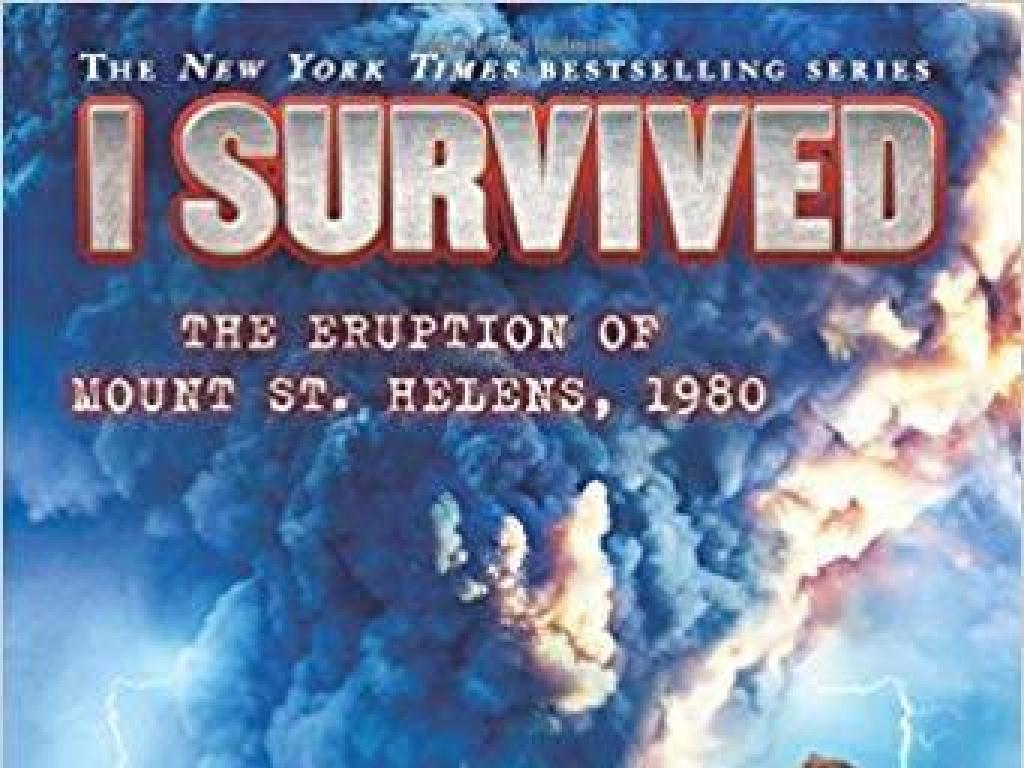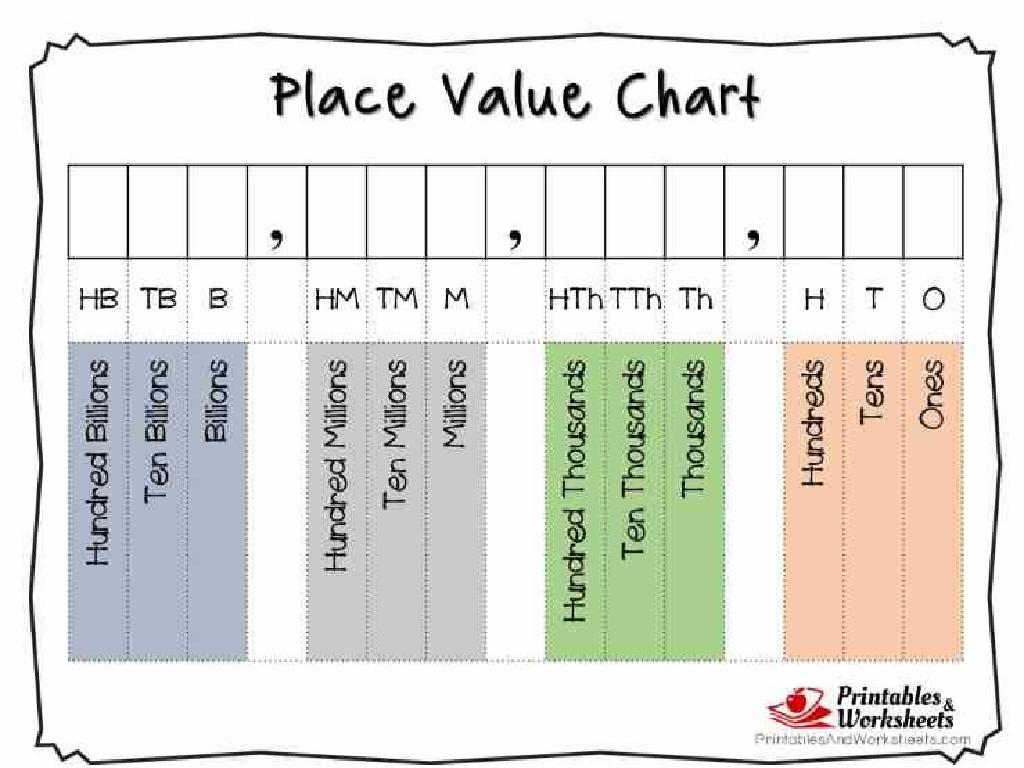Identify Shortage And Surplus With Data
Subject: Social studies
Grade: Third grade
Topic: Supply And Demand
Please LOG IN to download the presentation. Access is available to registered users only.
View More Content
Understanding Supply and Demand
– What is Supply and Demand?
– Exploring Shortage
– Shortage means not enough of something
– Discovering Surplus
– Surplus means more than needed
– Effects on Store Inventories
– Shortage and surplus influence the quantity of products in stores
|
This slide introduces the basic concepts of supply and demand, which are fundamental to understanding economics. Supply refers to how much of a product is available, while demand is how much people want that product. A shortage occurs when demand exceeds supply, meaning there aren’t enough goods for everyone who wants to buy them. A surplus happens when supply exceeds demand, and there are more goods than people want to buy. These concepts affect what we see in stores; for example, a shortage may mean empty shelves, while a surplus could lead to sales or discounts. Use real-life examples, like a popular toy running out before the holidays (shortage) or stores having too many winter coats at the start of spring (surplus). Encourage students to think of examples and discuss how these situations might affect their choices as consumers.
Understanding Supply and Demand
– What is supply?
– Supply is the amount of something you have.
– What is demand?
– Demand is how much people want what you have.
– Effects of supply and demand balance
– If supply and demand are equal, everything is just right.
– How prices change
– If they’re not balanced, prices can go up or down.
|
This slide introduces the basic concepts of supply and demand, which are fundamental to understanding economics and social studies. Supply refers to the quantity of a product or service available for purchase, while demand indicates the desire of consumers to buy that product or service. The balance between supply and demand determines the availability of the product and its price on the market. When teaching this concept to third graders, use relatable examples such as the number of toys available versus how many children want them. Discuss scenarios where there are too many toys (surplus) or not enough toys (shortage) and how that might affect how much they cost. This will help students grasp how supply and demand can influence prices and availability.
Understanding Shortage in Supply and Demand
– What is a shortage?
– Shortage occurs when there’s not enough of something for everyone who wants it.
– Demand higher than supply
– When more people want to buy an item than the store has, that’s a shortage.
– Your favorite snack is sold out!
– Imagine going to buy a snack you love, but there’s none left!
– Discuss unavailable items
– Think of a time you couldn’t buy something because it was out of stock.
|
This slide introduces the concept of shortage within the context of supply and demand. Begin by explaining that a shortage happens when there are not enough goods or services to meet the demand from people who want to buy them. Use relatable examples, such as a popular snack not being available at the store, to illustrate the point. Encourage the students to discuss and share their own experiences of when they wanted to buy something but couldn’t find it in the store. This will help them connect the concept of shortage to real-life situations and understand the frustration that can come with it. The discussion will also reinforce the concept by relating it to their personal experiences.
Understanding Surplus in Supply and Demand
– Surplus: More supply than demand
– When a store has more things than people want to buy
– Imagine a store with extra pencils
– Like when a store has so many pencils but customers don’t buy them all
– What happens to surplus items?
– Stores might lower prices or donate extra items
|
This slide introduces the concept of surplus to third-grade students by relating it to a relatable scenario – a store having too many pencils. Begin by explaining that surplus occurs when there’s more of something available than what people want to buy. Use the pencil example to make it tangible for the students. Then, engage the class in a discussion about what stores might do with items they have in excess, such as putting them on sale or donating them. This will help students understand how surplus affects decisions in stores and businesses. Encourage students to think of other examples of surplus and share their thoughts.
Shortage and Surplus in Our Lives
– What is a shortage?
– A shortage happens when demand is higher than supply.
– What is a surplus?
– A surplus occurs when supply exceeds demand.
– Lemonade stand example
– Not enough lemonade on a hot day means shortage.
– Effects of weather on sales
– Too much lemonade on a cold day means surplus.
|
This slide introduces the concepts of shortage and surplus through the relatable example of running a lemonade stand. Explain to students that a shortage means not having enough of something that people want. In contrast, a surplus means having more of something than people want. Use the lemonade stand to illustrate how weather affects demand; on hot days, more people want lemonade, potentially leading to a shortage if we can’t make enough. On cold days, fewer people want lemonade, which could result in a surplus if we’ve made too much. Encourage students to think of other examples where they might have seen a shortage or surplus in their daily lives.
Analyzing Data: Shortage & Surplus
– Understanding charts and graphs
– We’ll learn to read simple charts that show supply and demand.
– Spotting shortage and surplus
– Shortage is when demand > supply; surplus is when supply > demand.
– Practice with real examples
– We’ll look at graphs together and decide if they show a shortage or surplus.
– Recognizing patterns in data
|
This slide is aimed at helping third-grade students understand the concepts of shortage and surplus through the analysis of simple charts and graphs. Begin by explaining how to read a chart or graph. Then, define ‘shortage’ as a situation where there are not enough goods for the people who want to buy them, and ‘surprise’ as when there are more goods than people want to buy. Use relatable examples like a lemonade stand or a toy store before Christmas. During the practice, show different graphs and ask the students to identify whether they indicate a shortage or surplus. Encourage them to explain their reasoning. This interactive approach will help solidify their understanding of supply and demand.
Class Activity: Supply and Demand Game
– Split into groups for a market simulation
– Each group ‘sells’ and ‘buys’ items
– Experience shortage and surplus firsthand
– Notice when items are too few (shortage) or too many (surplus)
– Discuss what we learned from the game
|
This interactive class activity is designed to help students understand the concepts of shortage and surplus in a simulated market environment. Divide the class into small groups and assign roles of buyers and sellers. Provide each group with a set of items to trade. Some groups should have excess items (creating a surplus), while others have too few (creating a shortage). As the game progresses, guide students to observe the effects of supply and demand. After the activity, lead a discussion to reflect on their experiences, what strategies they used, and how they felt when there was a shortage or surplus of items. Possible variations of the activity could include using play money, bartering with services instead of goods, or introducing sudden changes in supply or demand to mimic real market fluctuations.
Understanding Shortage and Surplus
– Shortage: Not enough of something
– Surplus: Too much of something
– Supply and demand in daily life
– How the amount of toys or food available affects what we can buy.
– Making smart choices
– Use knowledge of shortage and surplus to decide when to buy items.
|
This slide concludes our lesson on shortage and surplus by summarizing the key concepts. A shortage occurs when there isn’t enough of an item for everyone who wants it, while a surplus means there’s more of an item than what people want to buy. Supply and demand directly influence our everyday decisions, such as shopping for groceries or toys. By understanding these concepts, students can make better choices, like buying certain items when they are plentiful and cheaper. Encourage students to think of examples from their own experiences where they noticed a shortage or surplus, and discuss how it affected their choices.
Homework: Market Shortage and Surplus
– Draw a market scene
– Show shortage and surplus examples
– Maybe too few apples (shortage) or too many oranges (surplus)
– Describe effects on buyers and sellers
– How do people feel when items are scarce or abundant?
– Use colors to highlight differences
|
For this homework assignment, students are asked to creatively illustrate a market scene showing examples of both shortage and surplus. They should use their imagination to depict a situation where a product is in short supply, causing potential disappointment among buyers, and another where there’s an excess, possibly leading to lower prices or wasted goods. Encourage them to think about the emotions and behaviors of both buyers and sellers in these situations. This activity will help them understand the concepts of shortage and surplus in a tangible way. In the next class, we can discuss their observations and how supply and demand affect everyday life.






